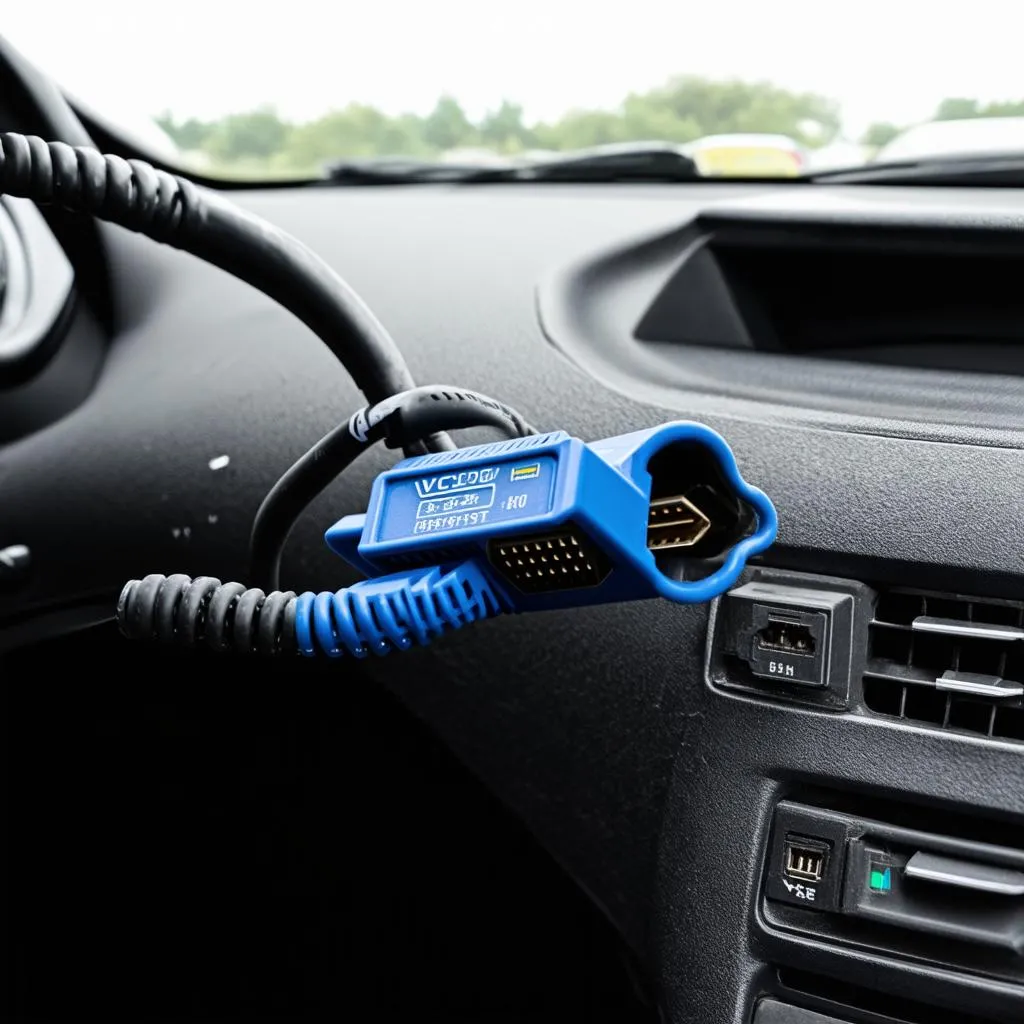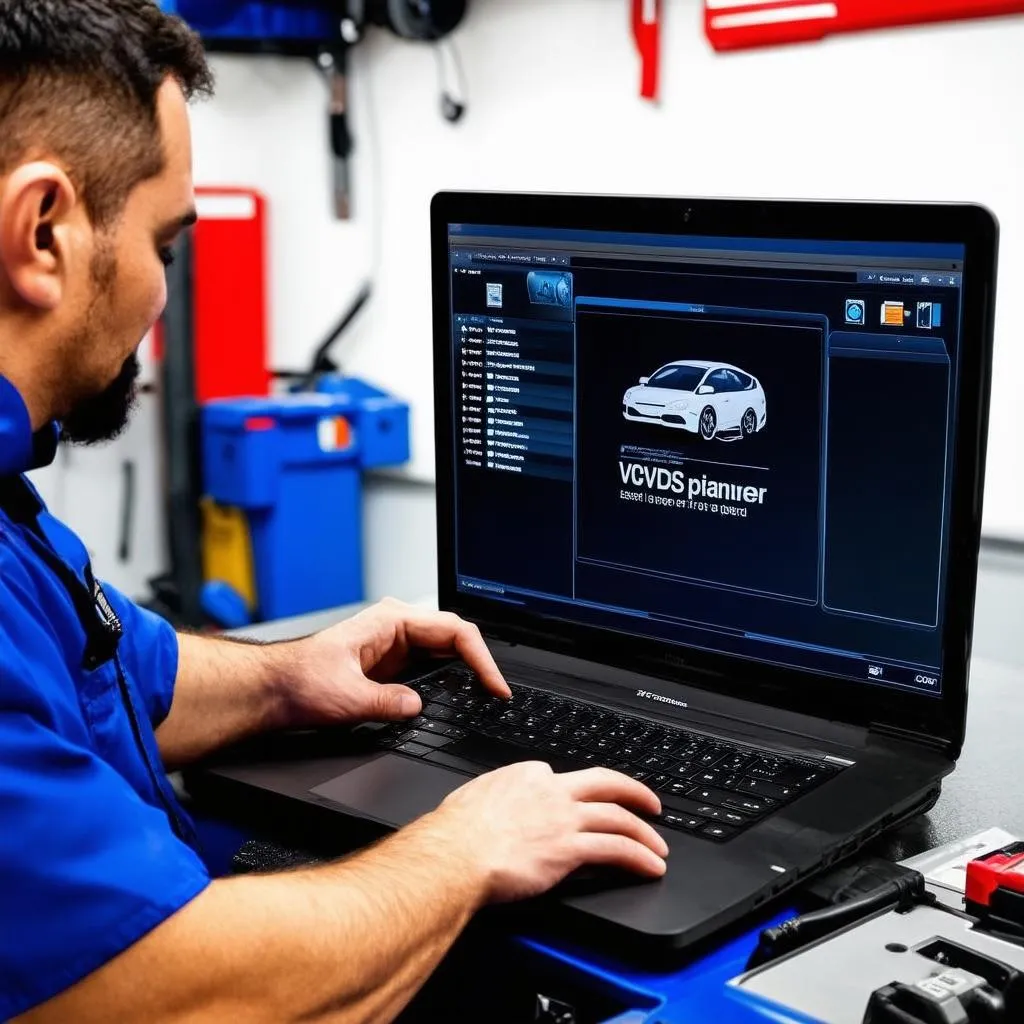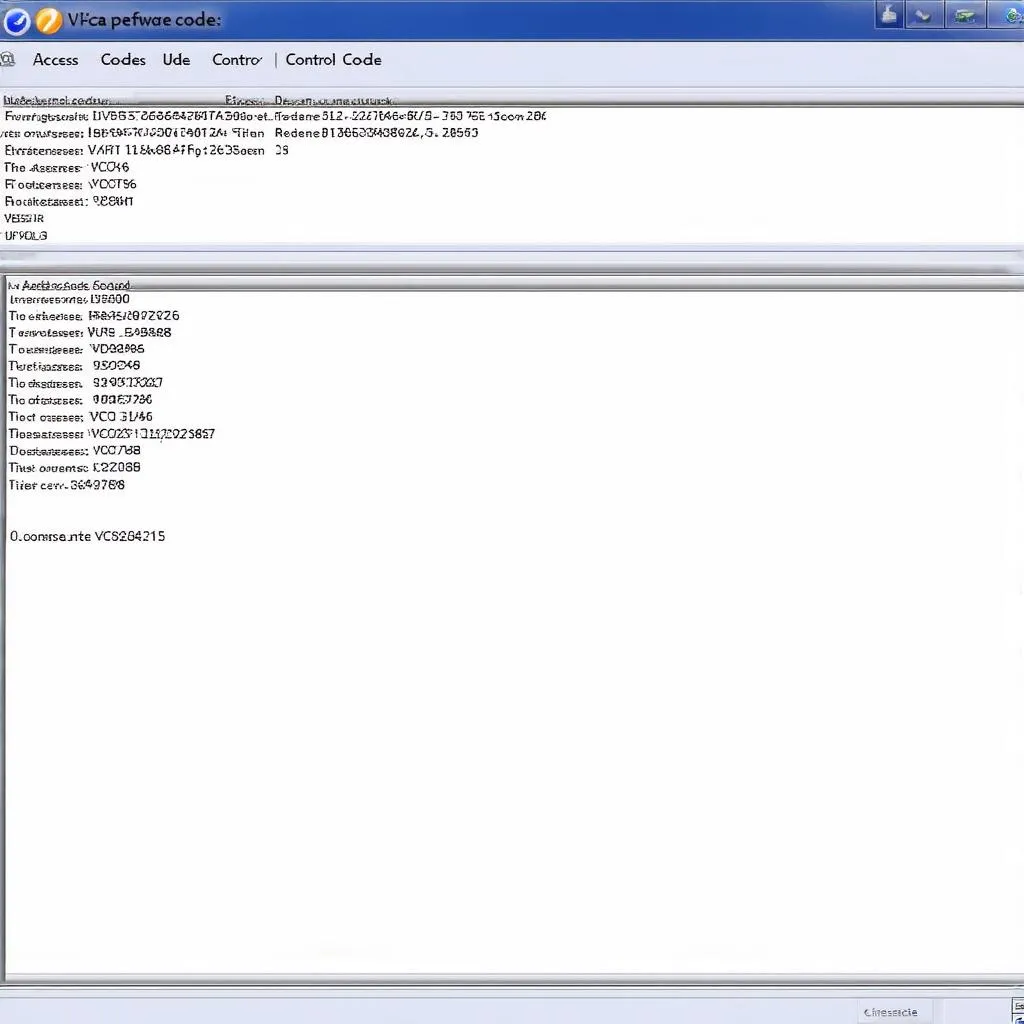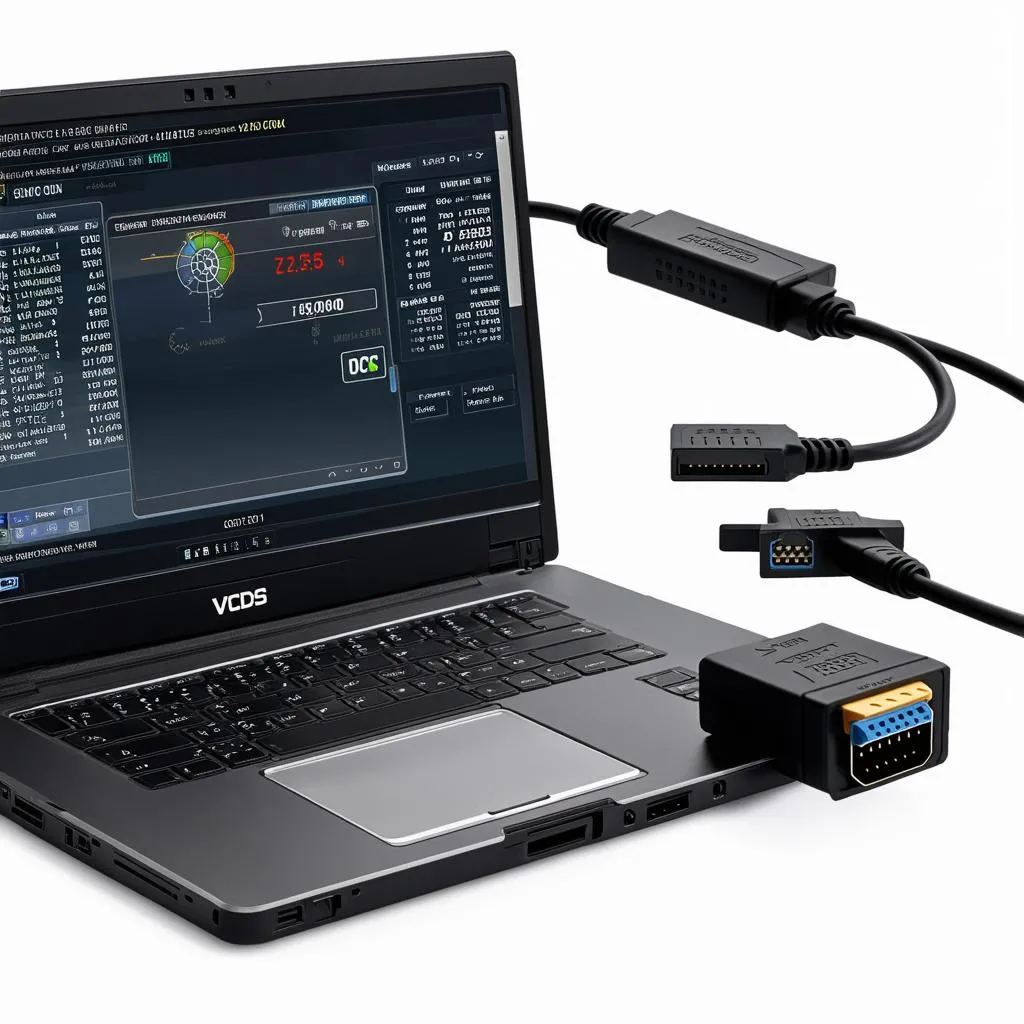The world of automotive diagnostics can seem complex, but with the right tools and knowledge, you can empower yourself to understand and even repair your vehicle. This is where VCDS and OBD2 come in. This comprehensive guide will delve into what VCDS and OBD2 are, how they work together, and the benefits they offer to car enthusiasts and professionals alike.
Understanding the Basics: OBD2 and VCDS Explained
What is OBD2?
OBD2, short for On-Board Diagnostics, second generation, is a standardized system implemented in vehicles globally since 1996. It allows external electronics to interact with a vehicle’s computer, retrieve information, and diagnose issues. Think of it as your car’s central communication hub.
Enter VCDS: Your Key to Advanced Diagnostics
VCDS, or Vag-Com Diagnostic System, is a powerful diagnostic and software tool specifically designed for vehicles in the Volkswagen Audi Group (VAG). While any OBD2 scanner can access basic diagnostic information, VCDS goes several layers deeper. It allows you to interact with the more intricate systems within VAG vehicles, providing a level of detail and control unmatched by generic OBD2 scanners.
The Dynamic Duo: How VCDS and OBD2 Work Together
When you connect a VCDS system to your vehicle’s OBD2 port, you’re essentially establishing a direct line of communication with its brain. This allows you to:
- Read and Clear Fault Codes: Go beyond just seeing a generic “Check Engine” light. VCDS provides detailed descriptions of fault codes, enabling you to pinpoint the root cause of problems.
- View Live Data: Monitor various parameters in real-time, such as engine RPM, coolant temperature, and oxygen sensor readings. This is crucial for diagnosing intermittent problems and understanding how your car is performing.
- Perform Advanced Functions: Depending on your vehicle model, VCDS unlocks a range of powerful features. This might include adaptations (modifying control unit settings), coding (activating hidden features), and even basic component activations.
Advantages of Using VCDS with OBD2
- Unparalleled Depth: For VAG owners, VCDS offers a level of insight unavailable with generic OBD2 scanners.
- Cost-Effective: While professional diagnostics can be expensive, VCDS puts the power in your hands, potentially saving you money in the long run.
- Community Support: A large and active online community of VCDS users offers a wealth of knowledge, support, and resources.
 VCDS Cable Connection
VCDS Cable Connection
Common Questions About VCDS and OBD2
Q: Is VCDS compatible with all car brands?
A: No, VCDS is specifically designed for vehicles within the Volkswagen Audi Group (VAG), which includes brands like Volkswagen, Audi, Seat, Skoda, Bentley, and Lamborghini.
Q: Do I need any technical expertise to use VCDS?
A: While VCDS is user-friendly, some basic automotive knowledge is beneficial. The extensive documentation and online community provide ample support for both beginners and experienced users.
Q: Can I damage my car by using VCDS?
A: VCDS is generally safe to use. However, it’s crucial to understand the implications of any modifications or adaptations you make. Always refer to reputable sources and proceed with caution.
“Using VCDS is like having an x-ray vision into your car’s soul,” says Dr. Emily Carter, a renowned automotive engineer and author of “The Complete Guide to Automotive Diagnostics.” “The depth of information and control it provides is invaluable for anyone serious about understanding and maintaining their VAG vehicle.”
 Mechanic Using VCDS
Mechanic Using VCDS
Conclusion
VCDS paired with the OBD2 system provides a powerful gateway into the inner workings of your Volkswagen Audi Group vehicle. Whether you’re a DIY enthusiast tackling routine maintenance or a seasoned professional seeking advanced diagnostics, VCDS empowers you with knowledge and control.
Need help choosing the right diagnostic tool or have specific questions? Contact the experts at CARDIAGTECH – we’re here to help you keep your vehicle running smoothly.


